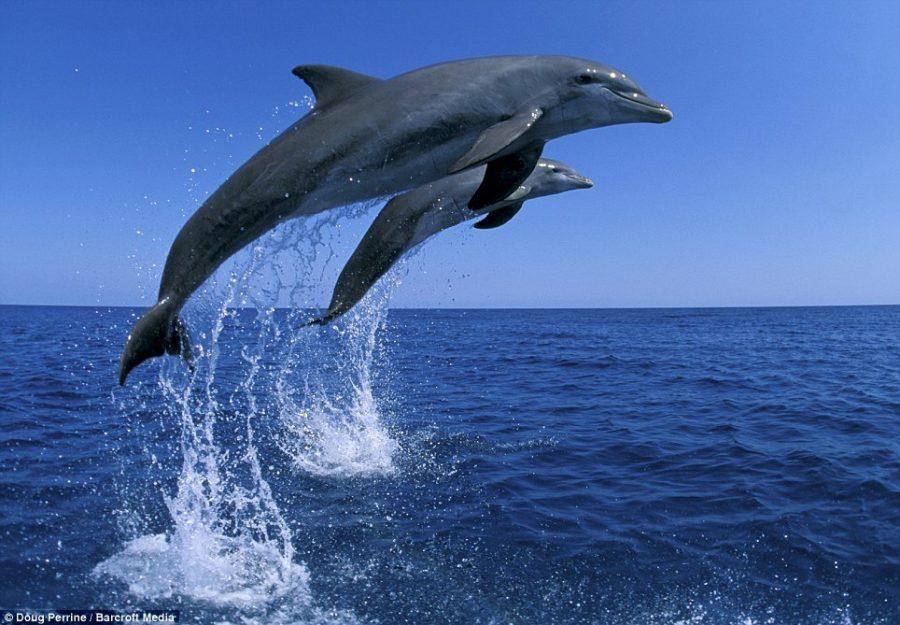Dolphin Day 2K16
Two dolphins have a jumping contest in the Bahamas.
May 4, 2016
Dolphins are one of the most loved creatures on the Earth. People love to interact with dolphins because of their high intelligence, playful behavior, and the noises they make almost seems like they’re trying to talk to you. But Dolphin Day is more about conservation of these amazing mammals than just celebrating how awesome they are.
Dolphin Day is celebrated worldwide on April 14th to bring to light Japanese dolphin hunts, which threaten the existence of this wonderful species. Starting in the 1990s, Dolphin Day helps bring attention to dolphins, the relatively unknown practice of dolphin hunting, and how to help with their conservation. Unfortunately for the dolphin populations, there is not yet a ban on dolphin hunting. Dolphin Day hopes to remedy this. The unofficial holiday garners worldwide awareness and meetings, with the larger gatherings being held in San Francisco, New York City, and Tokyo. Every year more people come out to support the dolphins in the hopes this holiday will no longer be needed to help dolphins survive but just to celebrate them.
And with that, here are ten interesting facts about dolphins with pictures.
- Dolphins are carnivores
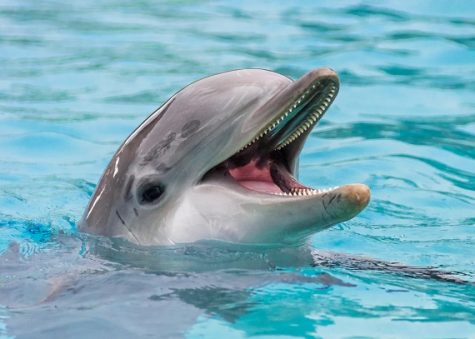
lolilujah / Flickr Creative Commons
Dolphins even have sharp teeth.- Eating anywhere around 15-30 pounds of food every day, a typical bottlenose dolphin’s main prey includes fish, squid, and crustaceans.
- Killer whales are actually dolphins

Wikipedia
Killer whales are lesser known as members of the dolphin family.- Being the largest members of the dolphin family and due to the misleading name, these mammals are commonly thought to be part of the whale family.
- Bottlenose dolphins are the most common dolphin
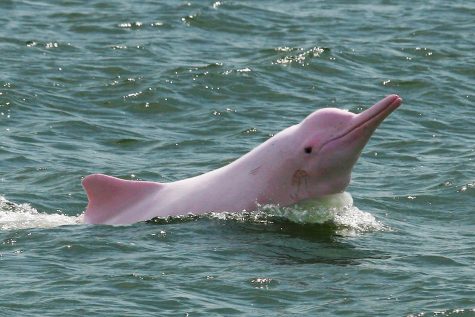
Ken Fung / Hong Kong Dolphinwatch
A Chinese white dolphin pokes its head out of the water to survey its surroundings.- Here’s a picture of another type of dolphin, a Chinese white dolphin. Not to be confused with the Baiji (Chinese river dolphins), these dolphins actually appear pink.
- Dolphins make pods or schools together that usually contain around 12 individuals

Spy in the Pod
This superpod was filmed off the coast of Costa Rica.- Dolphins are extremely social mammals. When food can be found in large quantities, dolphins may temporarily form superpods which can contain up to 1,000 individuals.
- Dolphins habitat range usually stay around tropical areas
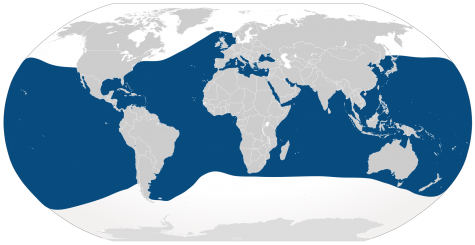
Wikipedia
The range of bottlenose dolphins.- Some dolphins even inhabit rivers.
- Dolphins spy-hop
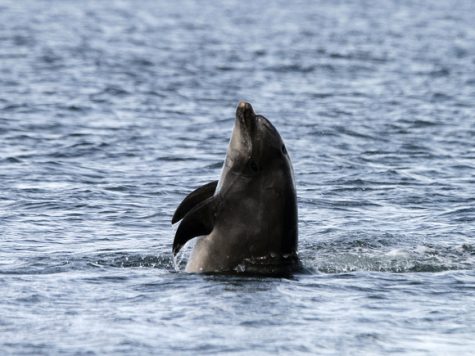
Richard G. Smith Photography
This dolphin was photographed spy hopping near Chanonry Point, Scotland.- Spy-hopping is a practice where dolphins leap vertically out of the water to observe their surroundings.
- When a dolphin sleeps, only half their brain shuts down
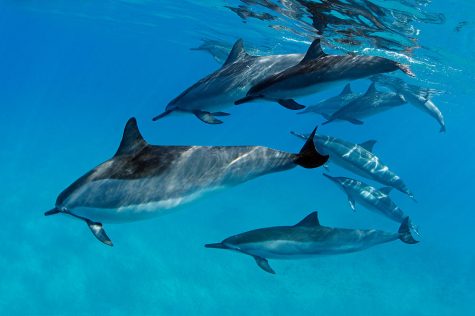
David Olsen
A pod of dolphins swim around playfully.- The other half stays awake to assist their breathing.
- Dolphins usually only give birth to one offspring
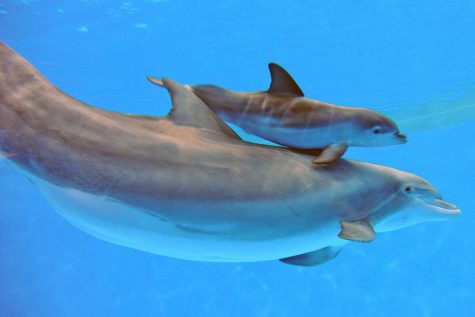
Jim Schultz/Chicago Zoological Society
In 2013 Brookfield Zoo welcomed a new baby dolphin.- Twins are extremely rare and there have been no reported cases of any other multiples.
- Dolphins use tools
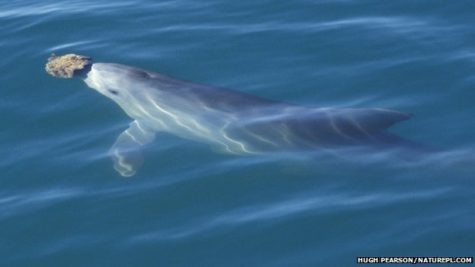
Hugh Pearson/Naturepl.com
Bottlenose dolphin using a sponge as a tool.- Dolphins cover their snouts with sponges to protect themselves while foraging and even teach their young to do the same.
- Dolphins are altruistic
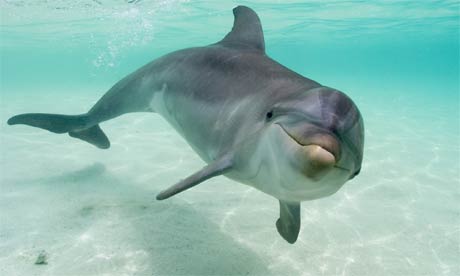
Stuart Westmorland/Corbis
Say cheese!- They help injured dolphins, going so far as to even bring them to the surface to help them breathe. They have also helped humans and whales as well.



